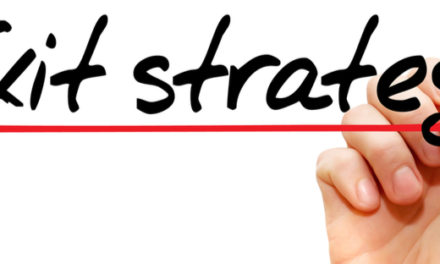
Your Own “Billion $” Backdoor Roth IRA Strategy
While it’s unlikely that financial advisors can help their clients’ IRAs grow to be worth billions, there is a little-known strategy that can put a Roth IRA’s accumulation potential on steroids. That strategy is called the “Backdoor Roth IRA.”
To view the full article please register below:
Your Own “Billion $” Backdoor Roth IRA Strategy
A news report that PayPal founder Peter Thiel had turned an ordinary Roth IRA into a $5 billion tax-free windfall was greeted first by “How can that happen?” and then by “How can I do that?!” While it’s unlikely that financial advisors can help their clients’ IRAs grow to be worth billions, there is a little-known strategy that can put a Roth IRA’s accumulation potential on steroids. That strategy is called the “Backdoor Roth IRA.”
What is a Backdoor Roth IRA?
A backdoor Roth IRA is not a separate and distinct form of retirement account, but it is a means by which those currently ineligible to open a Roth IRA due to its income restrictions can establish a Roth IRA and fund it well beyond its current limit of $6,000 (or $7,000 if age 50 or older).
As financial advisors well know, individuals having a modified adjusted gross income higher than $140,000 (single) or $208,000 (married) cannot contribute to a Roth IRA. However, these limits do not apply to a backdoor Roth IRA.
The Mechanics of the Backdoor Roth IRA
One well-known approach is to simply contribute to a traditional IRA and then roll it over to a Roth IRA. Remember, everyone is eligible to contribute to a traditional IRA, even if the tax deductibility of the contribution may be limited for some individuals.
But the more powerful way to boost a Roth IRA is by making after-tax contributions to a 401(k) plan and rolling it over to a Roth IRA. So, rather than grow tax-deferred earnings in a 401(k) whose earnings will become taxable upon withdrawal, the Roth IRA will allow those same contributions to grow tax-deferred and become tax-free qualified distributions in retirement.
So, how is this a Roth IRA on steroids? Assuming a client’s employer permits after-tax contributions, the ceiling on such contributions is up to $58,000 per year ($64,500 for those age 50 or older)—well above the $6,000/$7,000 contribution limit for a Roth IRA.
The best way to accomplish this while minimizing taxes is to make after-tax contributions to the 401(k) and roll it over to a Roth IRA before any meaningful earnings are generated.
Of course, individuals will want to consult with their tax advisor to see if a backdoor Roth IRA makes sense for them. Financial advisors, however, serve a central role in funding a backdoor Roth IRA by educating their clients to this valuable strategy for building a more financially secure future, helping with opening a Roth IRA, planning the execution of the rollover and developing an investment strategy to ensure years of tax-free retirement income.
Please reference disclosures: https://blog-dev.americanportfolios.com/disclosures/












